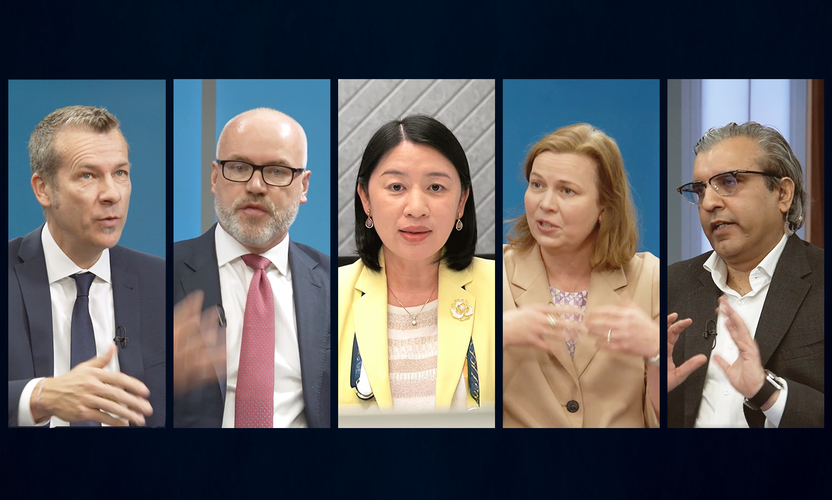Grand aims
Strategy is often confused with tactics. And such a pitfall looms especially large when discussing the ongoing trade war between the US and China.
But the two must be separated and defined to properly interpret the dispute, and ultimately the trajectory of the relationship between the world’s two largest economies in the long term.
To understand the trade war, we have to understand what the US desires as an end-state. If the US wants a more favourable balance-of-payments - resulting from China purchasing more soybeans or oil - then the imposition of tariffs as a tactic could at least temporarily serve that end by forcing a change in China’s buying habits.
But if the US has a grander strategic aim to weaken China and halt their creation of an alternative global order with China at its centre, then perhaps former Trump adviser Steve Bannon is right, and tariffs are merely “a proxy to the great economic war with China that we’re engaged in.”
The soap opera
In Strategy: A history, military historian Lawrence Freedman says that we should think of strategy as “a soap opera with a continuing cast of characters and plot lines that unfold over a series of episodes.” Bringing that metaphor to the trade war, we can certainly identify twisting plot lines and a colourful cast of characters.
The US President himself, with his hawkish rhetoric and unconventional style, has top billing, along with Peter Navarro, the current Director of Trade and Manufacturing Policy. Navarro is the author of the book Death by China, and director of the 2012 documentary film by the same name.
While recent developments may feel like an abrupt break from President Barack Obama’s quieter style, Trump’s predecessor was by no means a China dove. Under his leadership the President’s Council of Advisors on Science and Technology put forward recommendations “to deter and respond forcefully to Chinese industrial policies” in relation to semiconductor production, which puts “US national security at risk.”
This bipartisanship continues today, and in May the US House of Representatives voted 414-0 in favour of the Taiwan Assurance Act, which seeks to ensure a closer relationship with Taiwan, both militarily and economically, explicitly referencing China’s “comprehensive military modernisation campaign to enhance the power-projection capabilities of the People’s Liberation Army.”
Investors are naturally focused on trade tariffs given their impact on market sentiment and potential economic impacts. But the China curtailment policies go beyond the sphere of trade. They include military shows-of-force in the South China Sea, and diplomatic wrangling. An example of the latter would be the US recall of ambassadors from Panama, Dominican Republic, and El Salvador after they refused to recognise Taiwan as a show of solidarity with China - perhaps to curry favour in Belt-and-Road initiatives.
Historical comparisons are often made with former US President Ronald Reagan’s trade spat with Japan throughout the 1980s. But that was more about protecting US industry as opposed to having an explicit national security dimension.
Semiconductors and strategy
The semiconductor industry is a key area to watch, and China’s dependency on US chips could hamper the development of its own technological ecosystem, including 5G.
The rapid increase in demand for chips in recent years may reflect a push from China to build up inventories in anticipation of a US crackdown. With the newsflow changing so rapidly, investors should try to see past market volatility around either a short-term resolution or escalation in tariffs, as these are only likely to be serving the broader strategic aims of the parties involved.
While the cast of characters, and hence the tactics employed, will undoubtedly fluctuate with the electoral cycle, the strategic direction of travel looks set to be on a more intractable path.






































